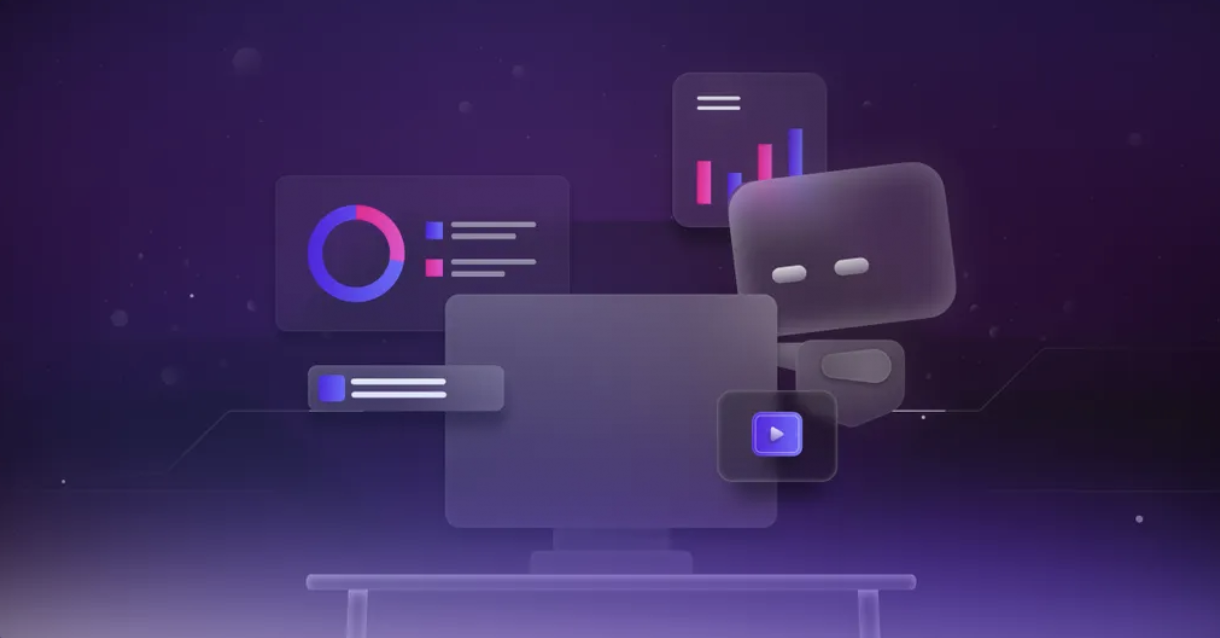Who Really Uses 2D Animation? What We Learned from 40 Companies


table of content
When you hear “2D animation,” your first thought is probably a childhood cartoon or maybe a movie you watched recently. And you would not be wrong. 2D animation is one of the most familiar styles out there and often associated with entertainment.
But here’s the cool part — 2D animation goes way beyond cartoons. It’s one of the most versatile marketing tools out there, used across almost every industry. Chances are you have already come across it in your own field, whether it is a competitor’s promo video or an ad that popped up on your socials. We actually talked about marketing video and how big brand use it in our previous blog “Explore 10 Video Marketing Types” where a lot of the example we used are 2D animation.
For us, 2D animation is what we do best. We have worked with startups, enterprises, and everything in between (you can check our GotPhoto case study to see what we can do with 2D animation and how we did it). That got us curious about a bigger question. Who is really using 2D animation for their videos, and how are different industries making the most of it? That is what we wanted to find out in this blog.
Figuring out who really uses 2D animation
We know it is impossible to figure out exactly what every company is using for their video content, especially when they are not our clients. When this idea first came up, one of our writers pointed out that if we only used our past projects, the results would probably be biased. Most of our early clients were startup IT companies, so our experience might not reflect the bigger picture.
That is why we decided to run our own small research. We collected a sample of 40 companies: 20 startups and 20 more established enterprises. For this study, we defined them as:
- Startup: A young company focused on innovation, rapid growth, and finding a scalable business model.
- Enterprise: A large, established company with proven processes, stable revenue, and a focus on efficiency and expansion.
We also noticed that these companies came from a wide range of industries, so we divided them into categories like:
- AI and SaaS
- Finance
- Food and Beverage
- IT and Technology
- Marketing
- Others
To keep things consistent, we pulled the samples from the YC company list and the Fortune 500 list. We then checked their most recent videos on their websites, LinkedIn pages, or YouTube channels. To make sure the data was fresh, we only looked at videos uploaded in the last month, since enterprise content in particular can vary a lot from campaign to campaign.
Once we had all the data, we started looking for patterns.
So, who’s really using 2D animation?
Before jumping into the results, just a quick disclaimer. The sample size we used for this research is relatively small, so it does not represent every industry in full detail. That means the findings may not apply directly to your company’s exact situation. Instead, think of this blog as a starting point, a first step to see how other companies in your industry are using 2D animation and where it might fit for you.
Okay, let’s dive in
Start-up vs enterprise
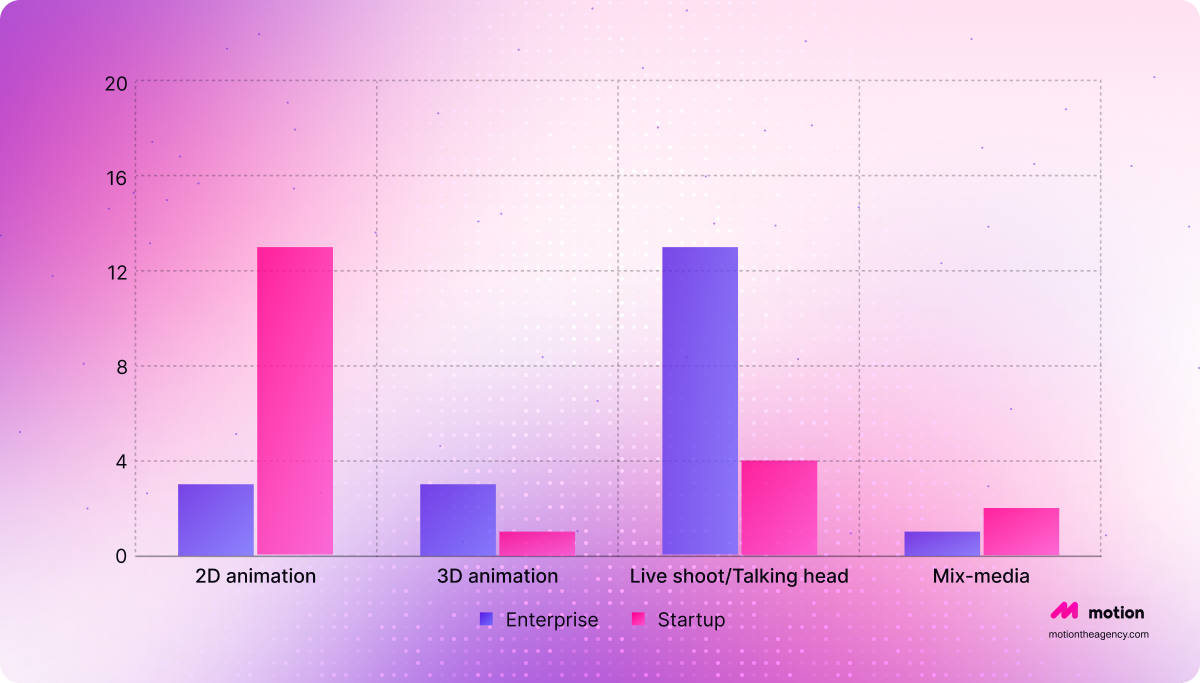
Here is where things got interesting. From the data we collected, there is a pretty clear split between startups and enterprises. Startups use 2D animation way more often. For them, it is a simple, effective way to explain their product, tell their story, and look polished without spending a fortune.
Enterprises, on the other hand, lean more toward live-shoots or talking-head videos. That style feels more traditional and fits the way bigger companies usually communicate, whether it is through leadership messages, brand culture, or corporate updates.
When it comes to 3D animation or mixed media, our sample was too small to say anything conclusive. A few companies are experimenting with it, but not enough for us to call it a trend just yet. It would definitely be interesting to explore with a larger dataset.
Video type and industry

On the other hand, when we looked specifically at SaaS and AI companies, a strong pattern stood out. Out of the 12 companies in this category, 9 of them used 2D animation for their video content. The other three went with talking-head style videos where they demonstrated the product live or used a mix of live footage and animation to tell their story. Interestingly, none of the SaaS or AI companies in our sample used 3D animation at all.
It is worth noting that because we pulled our company list from Y Combinator and the Fortune 500, a large portion of the sample naturally came from IT and technology-related industries, including SaaS and AI. This explains why we ended up with more SaaS and AI examples compared to other fields. For the “Other” category, we placed companies from more niche or miscellaneous industries, such as medical, aviation, or even manufacturing, to keep the dataset balanced.
Of course, this was still a relatively small sample, and a more balanced and larger dataset would give a clearer picture across industries. But from what we saw, the takeaway is simple. SaaS and AI companies lean heavily toward 2D animation as their go-to format for video content.
What we learned from the results
Now that we’ve got the numbers and understand what they mean, we took a closer look to see how this applies to real-world projects. So what does this mean? Well, for us this data can help us to be more prepared when we are talking with potential clients; we can suggest to them content that they might like.
But for a general audience, these data could help them plan better on how they approach creating a video campaign or release a video. It’s worth noting that most of the companies in our list are based in the U.S., so the trends we found might look different in other regions. With that being said, let’s jump right in.
Why SaaS and AI content chose 2D animation
We also dug a little deeper into why SaaS and AI companies lean so heavily toward 2D animation, and a few clear reasons stood out. One of the biggest advantages is that 2D animation helps make the invisible visible. SaaS platforms and AI tools often deal with abstract ideas like data flows, algorithms, or automation processes. Instead of trying to explain these with blocks of text or overly technical visuals, 2D animation turns them into clear, engaging graphics that people can instantly understand. Our project with Finto is exactly that, big ideas and product package nicely in a upbeat and easy to understand 2D animation.
Another reason is that 2D helps with product storytelling without overwhelming the audience. A typical SaaS or AI product has dashboards, screens, and countless features, but showing all of that in a video can quickly become confusing. With 2D animation, companies can strip things back and spotlight just the key features, flows, and benefits, which makes the message easier to digest and far more memorable.
Lastly, there is the question of speed and flexibility. 2D animation makes it easy to adapt to constant product updates. SaaS and AI products change fast, with new features being added all the time. Instead of reshooting a live demo or recreating a whole campaign from scratch, 2D animation makes it simple to swap in updated dashboards, tweak workflows, or adjust visuals as the product evolves. This saves time, keeps costs manageable, and ensures the content always feels up to date.
Why startup chose 2D animation
Well, the simple answer here is that as a brand-new company, startups need to put most of their budget, time, and energy into improving and growing their product. So it makes sense for them to go with a type of content that is both affordable and scalable. That is exactly where 2D animation fits in. It gives them a polished, professional way to tell their story without draining resources they should be putting into the business. Our work with Nixo is exactly that. They already had a solid UI design, and we elevated it through animation, adding movement, flow, and personality to make the video feel alive and engaging.
It also helps them launch with impact while staying on budget. A well-made 2D animation can make a young company look sharp and credible without the high costs of live action or 3D. That means they can make noise in the market while still being smart with their spend.
Another big benefit is how flexible 2D is as products evolve. Startups change fast, and so do their products. With 2D, it is easy to update visuals or swap in a new voiceover instead of redoing the entire video, which keeps the content relevant as the company grows.
And finally, 2D makes it simple to stay consistent with branding. From colors to fonts to the overall style, everything can match across their website, app, and social channels. That consistency helps them look more professional and makes it easier to stand out from other startups trying to get noticed.
Conclusion
So, here’s the big takeaway. 2D animation isn’t just for cartoons or movies anymore, it is one of the most flexible tools out there and you can spot it in almost every industry. From our little research sample, we saw that startups lean on 2D a lot more, while bigger enterprises usually stick with live-shoot or talking-head style videos.
SaaS and AI companies make this even more obvious. They love 2D because it makes complicated stuff easy to understand, shows off products without drowning people in endless dashboards, and is simple to update when new features roll out. For startups, it is kind of a no-brainer too. You get something polished that fits your budget, adapts as your product grows, and keeps your branding looking sharp everywhere from your website to your socials.
Sure, our sample was small, but the trend is clear. 2D animation is quickly becoming the go-to format for growing companies that want to tell their story clearly and make an impact fast.
For us, this is exciting because it means we can guide clients toward the kind of videos that not only work in their industry but also fit their goals. And honestly, that is what we love doing—helping brands create videos that connect with people and actually deliver results. This also can be a continuation piece to one of our earlier blog “15 Best Product Demo Videos” where we discussed type of video that companies tend to use and how they affect the business.
If you are thinking about making a 2D animation for your brand, let’s chat. Book a call with us and check out our 2D animation service page.

Contact Us
Ready to elevate your brand? Contact us for your
Free Custom Video Sample
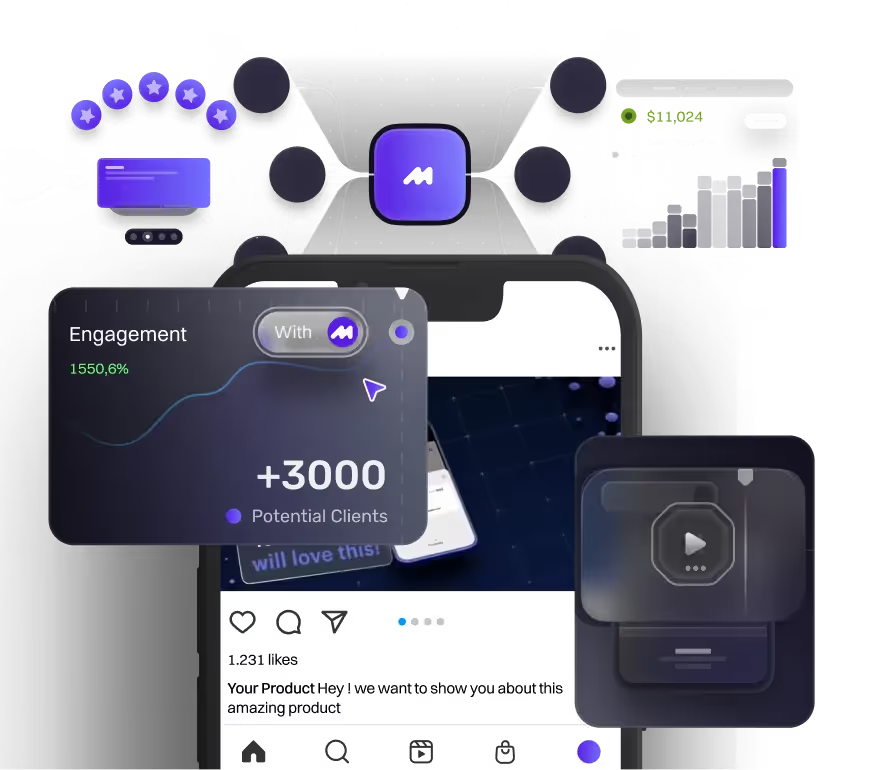






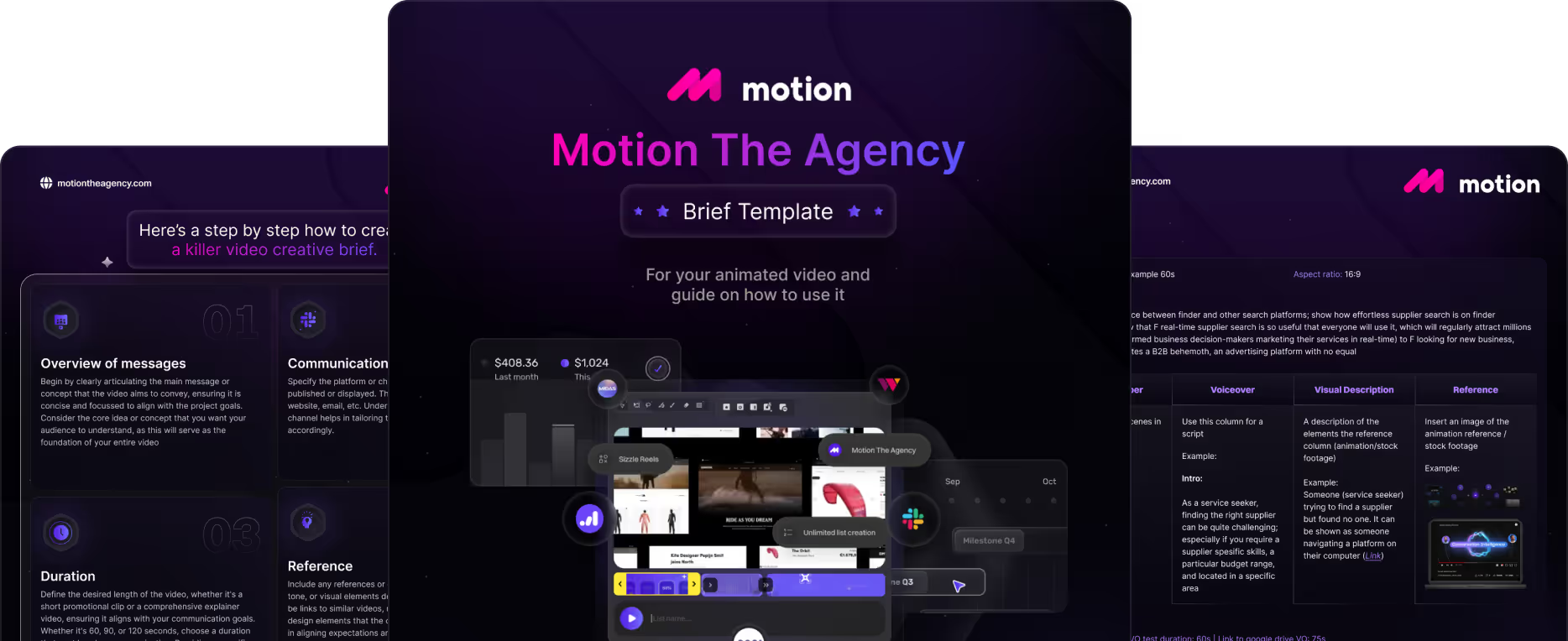
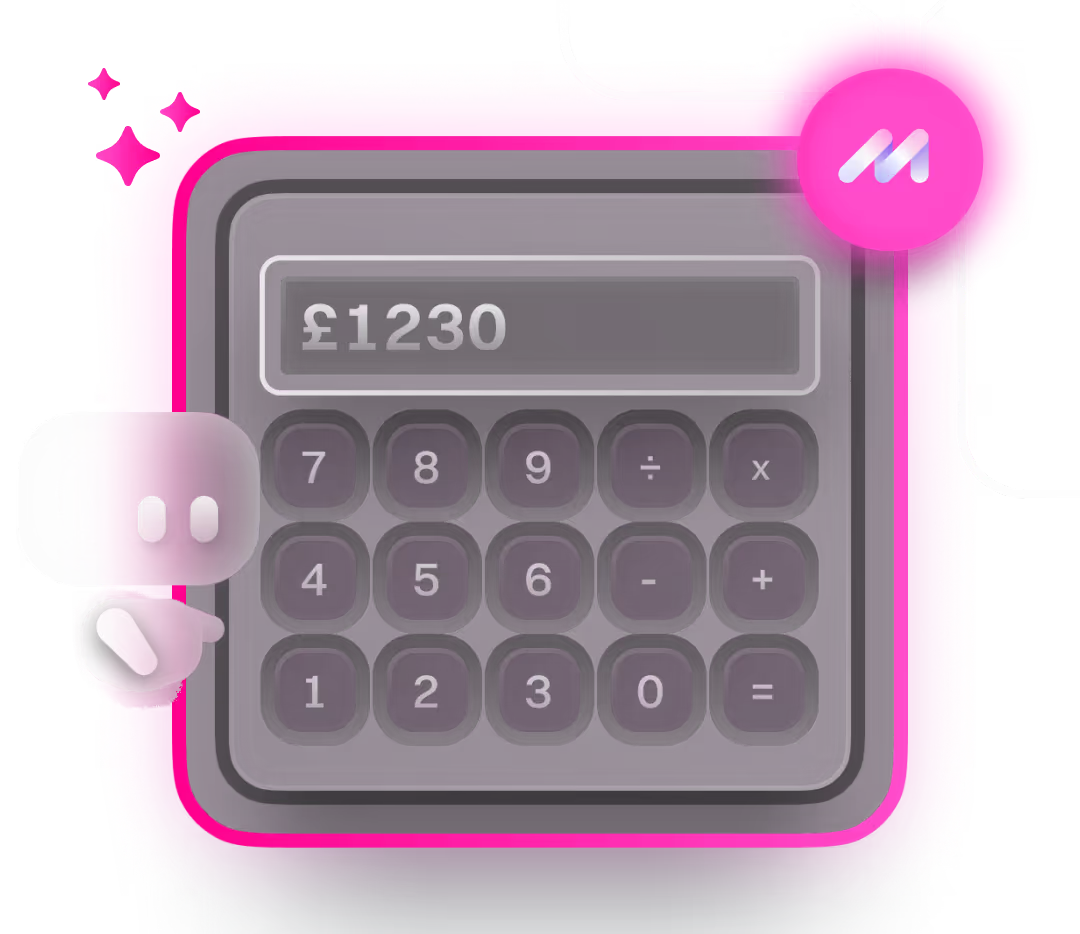

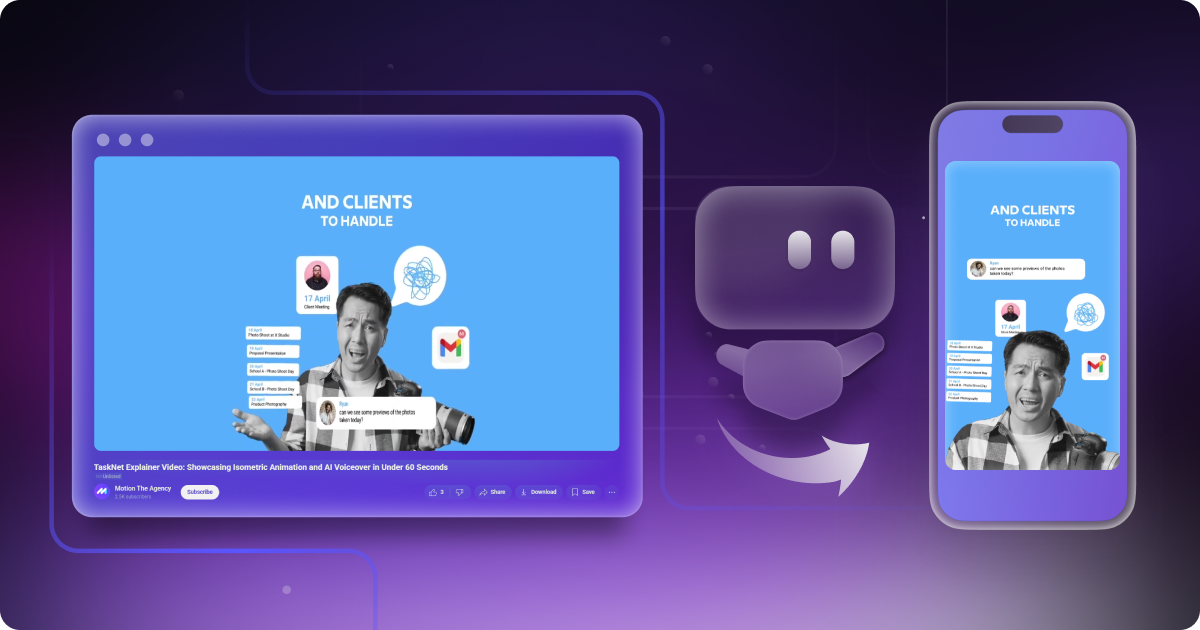
.png)
